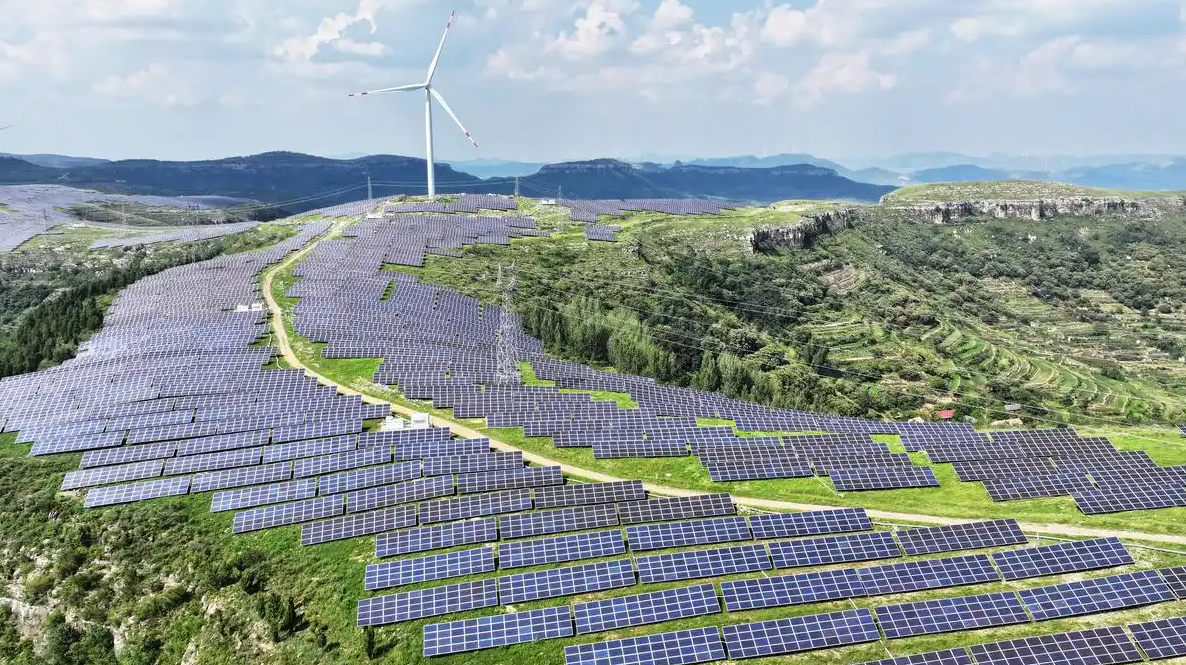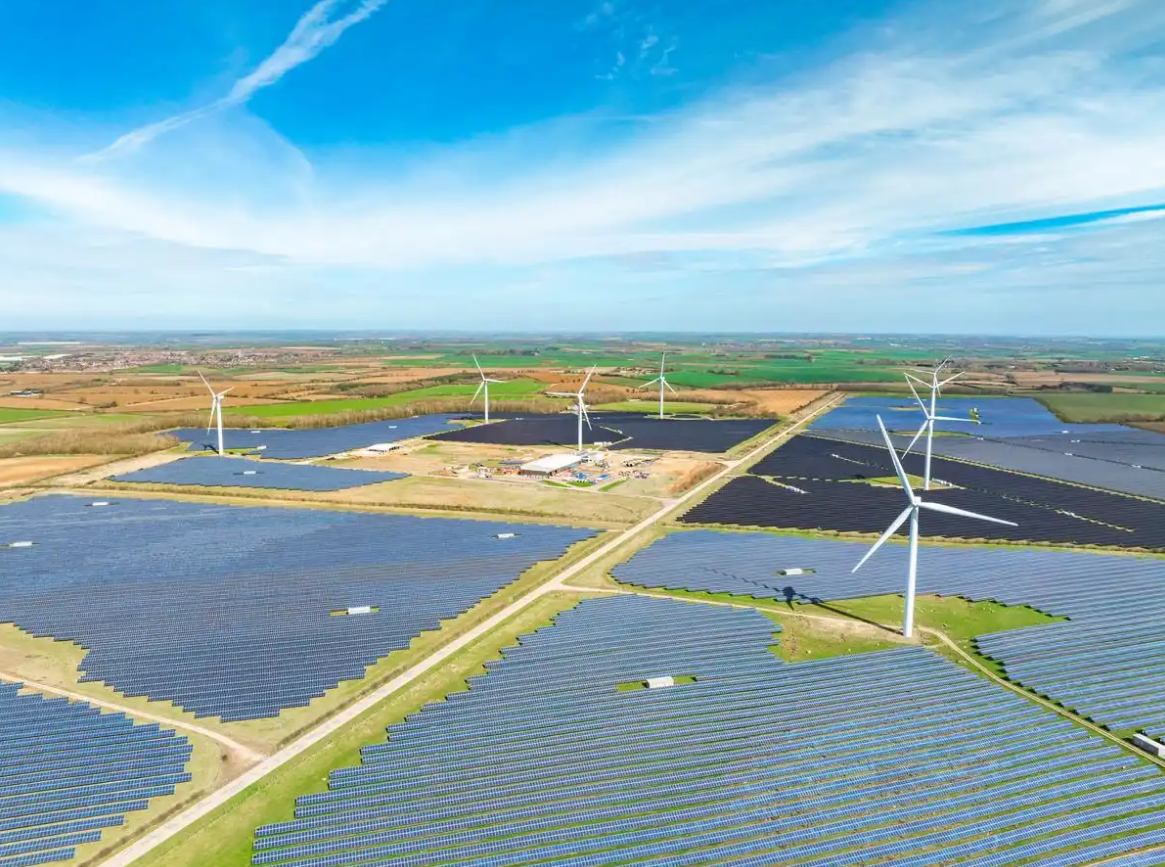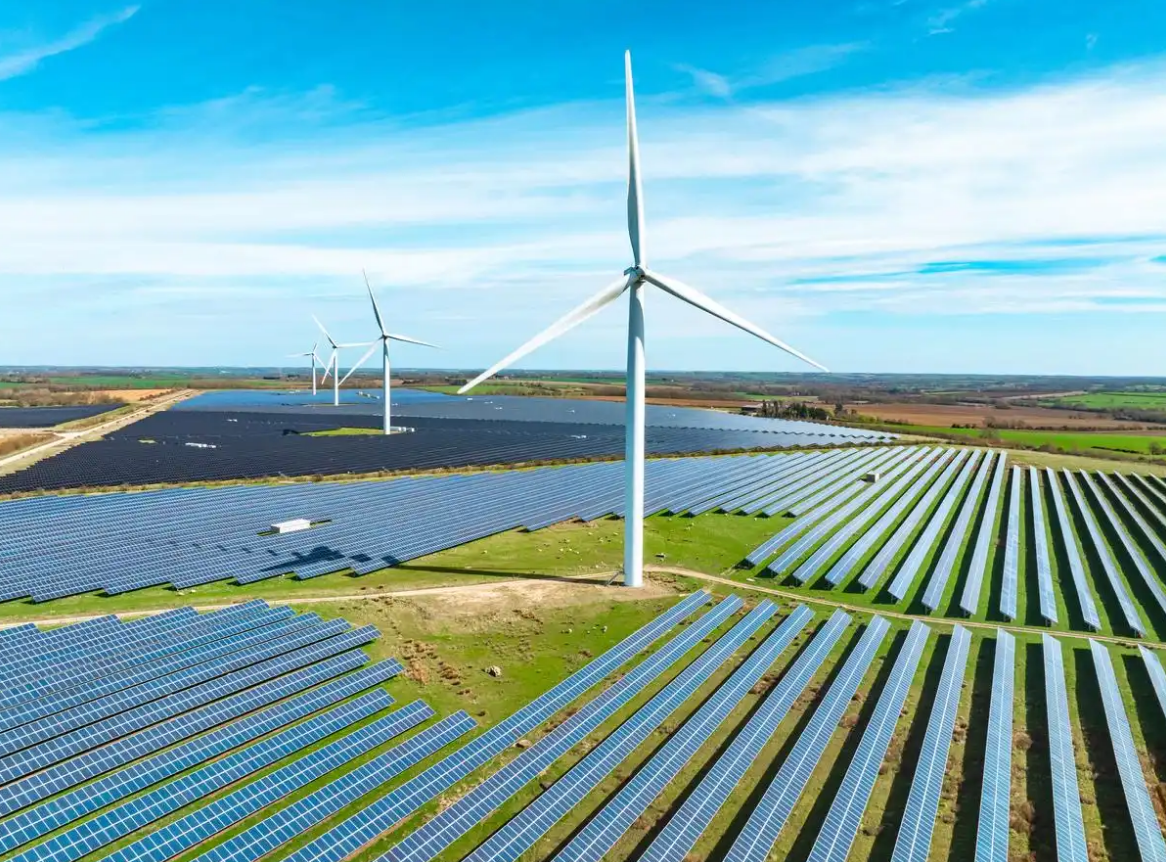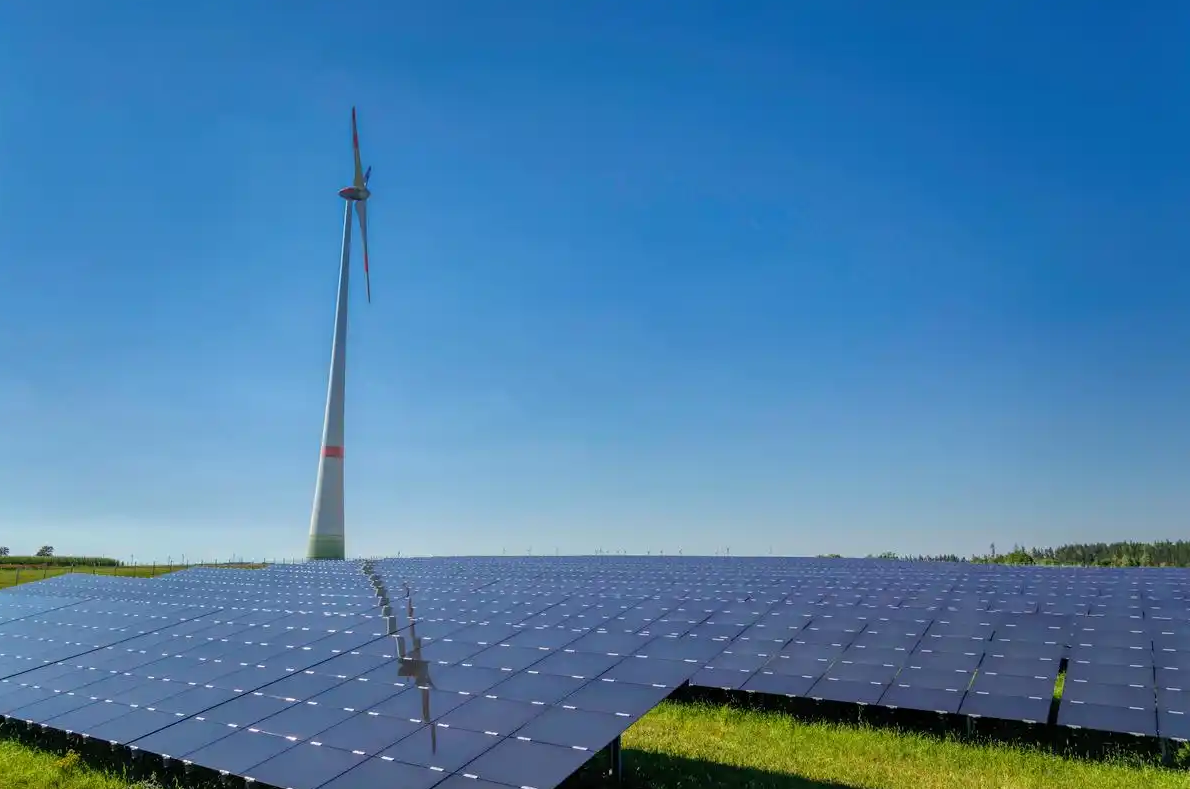When the wind turbines on the Inner Mongolian grassland echo the solar PV arrays along the eastern coast, and when the hydropower from Baihetan lights up the night sky over the Yangtze River Delta, an inspiring statistic is redrawing the global energy map: for every 3 kilowatt-hours of electricity consumed in China, 1 kilowatt-hour comes from clean energy. Behind this seemingly simple ratio lies the world’s largest renewable energy system built by China over the past decade.
Dynamic Data Map: The Decade-Long Leap to 1/3 Green Electricity
At the start of the 13th Five-Year Plan in 2015, China’s installed renewable energy capacity was 934 GW. By 2023, the annual newly installed capacity of wind and solar power exceeded 300 GW, marking a transition from follower to leader. The photovoltaic industry has been particularly outstanding, its share of total installed capacity soaring from a supplementary role to a mainstay, contributing over 40% of newly installed capacity in 2023.
Compared with Europe and the United States, the development speed of China’s renewable energy can be described as “high-speed rail mode.” Data shows that China’s average annual newly installed capacity is equivalent to three times that of the EU and 2.5 times the growth rate of the US during the same period. This extraordinary development increased the share of non-fossil energy from 12% in 2015 to 17.5% in 2023, with an average annual growth of 1 percentage point.
3D Map Analysis: The Mega Projects Behind Green Electricity
On the map of China, nine large-scale clean energy bases form the “main force” of green electricity production. Bases in Inner Mongolia, Qinghai, and others contribute over 60% of the nation’s green electricity, while the crisscrossing “power superhighways” transmit this energy to the east. The Baihetan-Jiangsu ±800 kV UHV transmission project delivers over 30 billion kWh of clean electricity annually, equivalent to the yearly electricity consumption of 20 million households.
The distributed energy network is equally remarkable. Zhejiang leads the country in installed residential PV capacity, with rooftop PV penetration in eastern coastal cities already reaching 18%. This three-dimensional layout of “centralized + distributed” integration allows wind power from the Gobi and solar power from residential rooftops to jointly feed into the national grid.
Data Perspective on the Dual-Carbon Progress: The Green Quotient of Increase and Decrease
The adjustment of the energy structure shows a distinct “scissors difference” effect: the share of non-fossil energy increases by about 1 percentage point annually, while the share of coal consumption decreases by about 1 percentage point annually. In 2023, electricity generation from wind and solar power reached 1.15 trillion kWh, accounting for 24% of the total electricity consumption of society and exceeding the total annual electricity consumption of urban and rural residents for the first time.
This transition directly empowers emerging industries. Electricity consumption by new energy vehicle charging piles surged by 89% year-on-year, and PV module exports accounted for 70% of the global market share. The green equipment manufactured by China contributes to reducing global carbon emissions by 4.1 billion tons annually, equivalent to the ecological benefits of recreating three Amazon rainforests.
Future Forecast: Challenges and Opportunities from 1/3 to 1/2
To achieve the target of 25% non-fossil energy by 2030, multiple bottlenecks still need to be overcome. Installed energy storage capacity needs to increase from 30 GW to 100 GW, and the national unified electricity market has already shown a green electricity premium incentive of 0.03 yuan/kWh. With the deep application of artificial intelligence technology in the new energy sector, China is transitioning from a “major electricity consumer” to a “power powerhouse.”
This energy revolution has not only reshaped China’s energy structure but also redefined the global climate governance landscape. As 1 green kilowatt-hour in every 3 kilowatt-hours becomes the new normal, China is demonstrating with tangible actions that green development is not a multiple-choice question, but a required question.
Multifit is a national high-tech enterprise dedicated to the research and development, production, sales of green energy such as solar power generation, as well as the construction, cleaning, and operation maintenance of photovoltaic power stations. Headquartered in Beijing, its production base is located in the National High-Tech Industrial Development Zone in Shantou, Guangdong, with a branch established in Shenzhen. The company specializes in the technological development, production, sales, and system integration of solar cleaning robots and supporting equipment, photovoltaic inverters, portable solar power sources, MPPT solar charge controllers, solar LED street lighting systems, and related supporting products. Multifit also engages in the design, development, investment, and construction of solar power generation systems and electrical automation projects, along with the cleaning and operation maintenance of photovoltaic power stations.
Post time: Oct-21-2025





